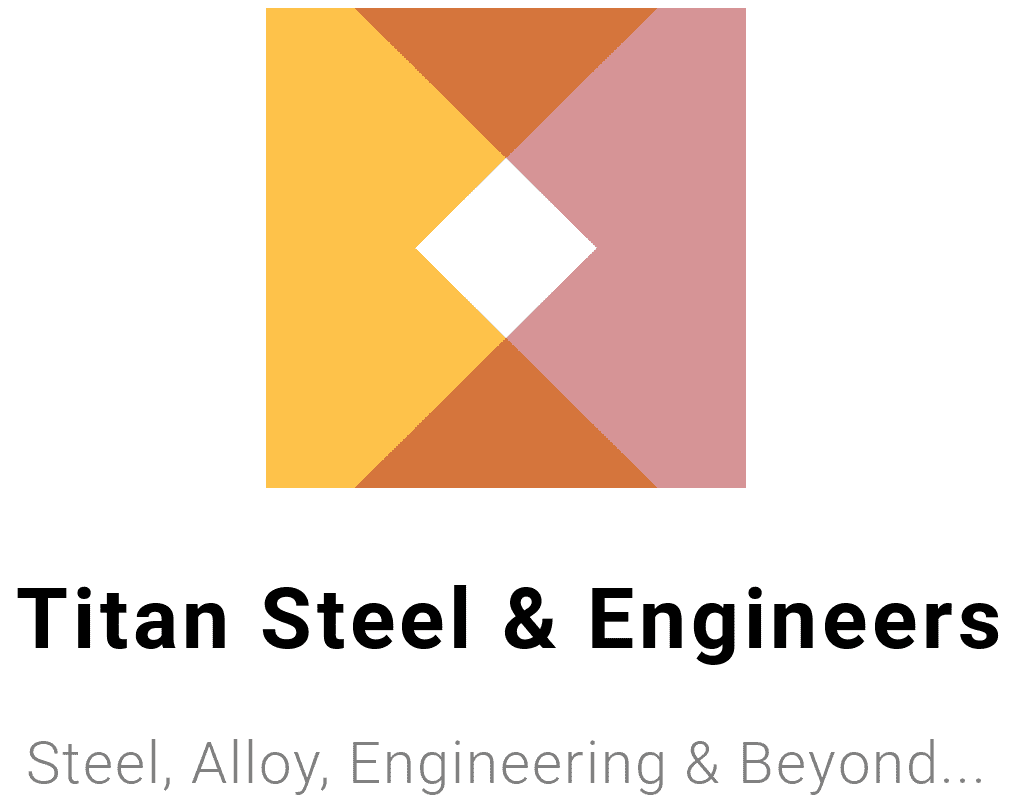40C8 Steel Equivalent Explained for Engineers and Manufacturers
Introduction
For engineers, material scientists, and manufacturers, selecting the right material for every application is critical. Among the many steel grades available, 40C8 stands out for its balance of strength, ductility, and versatility. Whether used for making gears, shafts, or other mechanical components, its properties cater to a wide range of industries. 40c8 steel equivalent.
But what do you do if 40C8 isn’t readily available in your region? This is where understanding steel equivalents becomes immensely useful. This blog will introduce you to 40C8 steel, provide a comparative breakdown of equivalent materials, and discuss its real-world applications to help you make informed decisions.
By the end, you’ll not only be familiar with 40C8’s characteristics but also with its potential alternatives.
What Is 40C8 Steel? Properties & Applications
40C8 is a medium-carbon steel primarily used in engineering applications that need a combination of good strength and moderate ductility. It’s classified under the Indian standards (IS 1570) for carbon steels and is comparable to other international grades like SAE-AISI 1040.
Key Properties of 40C8:
- Carbon Content: Approximately 0.35–0.45%, giving it moderate strength.
- Tensile Strength: Ranges between 580 MPa and 800 MPa, depending on its heat treatment.
- Hardness: Shows great machinability when normalized but can be hardened to enhance wear resistance.
- Thermal Stability: Performs well under moderate temperatures and offers stability for heat-treated applications.
Applications of 40C8 Steel
Due to its balanced properties, 40C8 finds itself in various industries:
- Manufacturing gears, axles, and crankshafts where shock resistance is essential.
- Automobile Industry components requiring toughness and secondary machining.
- Agricultural Equipment such as plows and blades where moderate tensile strength suffices.
- Machine Tools like shafts and pinions.
The versatility of 40C8 has made it a go-to steel grade in small and large-scale industrial setups.
Understanding Steel Grades
To better comprehend how 40C8 compares to others, it’s crucial to understand steel grading systems. Various standards worldwide specify steel properties, often leading to overlaps in grades with slight variations in composition.
International Standards and Insights
- Indian Standards (IS): Used widely in Indian manufacturing; 40C8 adheres to IS 1570.
- AISI/SAE: Common in the United States; 40C8 is similar to SAE-AISI 1040.
- DIN (Germany): Equivalent grades often fall under the group C40 or CK40.
- BSI (UK): British grades like EN8 can be equivalent to 40C8.
When choosing equivalent materials, it’s essential to compare chemical composition, mechanical properties, and applicability to ensure compatibility.
Why Choose Equivalent Materials?
There are several reasons why engineers and manufacturers look for equivalent materials for 40C8:
- Availability: Certain regions may not have Indian standards-compliant materials.
- Cost: Local alternatives may be cheaper due to reduced export fees and taxes.
- Specialized Requirements: Some equivalents may be better suited for specific needs like weldability or corrosion resistance.
Exploring Equivalents to 40C8 Steel
Now, let’s look at alternative materials to 40C8 steel and how they compare:
1. SAE-AISI 1040 (USA)
- Composition: Carbon content around 0.40%, similar to 40C8.
- Properties: Exhibits almost identical tensile strength and machinability.
- Common Applications: Used in automotive components, shipbuilding, and industrial machinery.
2. C40/CK40 (DIN – Germany)
- Composition: Aligns closely with 40C8, with balanced manganese content.
- Strength: Its tensile and yield strength closely match 40C8, making it ideal for machinery parts.
- Distinct Feature: Slightly easier to weld than 40C8, making it advantageous when post-welding treatments are not feasible.
3. EN8 (BSI – UK)
- Composition: Similar carbon range (0.35–0.45%), with consistent performance.
- Applications: Often used interchangeably with 40C8 for gears, bolts, and crankshafts.
- Availability: Widely available in European and Commonwealth countries.
4. S45C (JIS – Japan)
- Composition: 0.42–0.48% carbon, slightly higher than 40C8.
- Hardness: Can sustain a higher surface hardness, making it ideal for specific applications like cutting tools and dies.
- Application: Frequently used in high-load engineering applications in East Asia.
Real-World Applications of 40C8 Steel
Understanding where and how 40C8 steel—and its equivalents—are used can provide insight into their selection.
Automotive Sector
Manufacturers often opt for 40C8 and its equivalents for shafts, gearboxes, and forgings because of their high strength-to-weight ratio. For example, SAE-AISI 1040 competes favorably here due to global standards compliance, particularly in export products.
Agricultural Equipment
High-wear applications like plows and tiller blades benefit from 40C8’s hardening properties. When localized manufacturing is prioritized, EN8 and C40 are common alternatives.
Construction
Due to its mid-range hardness and tensile properties, 40C8 is used in applications like machine bases and supports. Equivalents like S45C thrive here due to their slightly superior load-bearing capacity.
Industrial Tools
Machined parts, including valve components and guiding rods, work well with 40C8 due to its machinability post-normalization. However, in regions with different regulatory norms, C40 substitutes seamlessly.
Key Takeaways for Engineers and Manufacturers
When it comes to choosing materials like 40C8 steel, understanding its alternatives can provide flexibility and cost efficiency in your projects. Keep the following points in mind:
- Understand the Properties: 40C8 and its equivalents share near-identical properties, but factors like weldability or hardness can make one more suitable than another.
- Stay Local: Whenever possible, consider equivalents that are more accessible and cost-effective in your region.
- Applications Matter: Each job has specific requirements—select the right grade or equivalent based on project demands.
40C8 remains a versatile and robust choice for engineers across industries. However, being open to equivalents like SAE-AISI 1040, EN8, C40, or S45C can ensure a seamless workflow when 40C8 isn’t available.
If you’re looking for help sourcing specific steel grades or understanding their equivalents, don’t hesitate to connect with material experts or explore regional standards for more information.
Meta Information
Meta title
40C8 Steel Equivalent and Applications
Meta description
Explore 40C8 steel properties, equivalents like SAE1040 & EN8, and its applications across industries. Learn key factors for choosing the right material.

